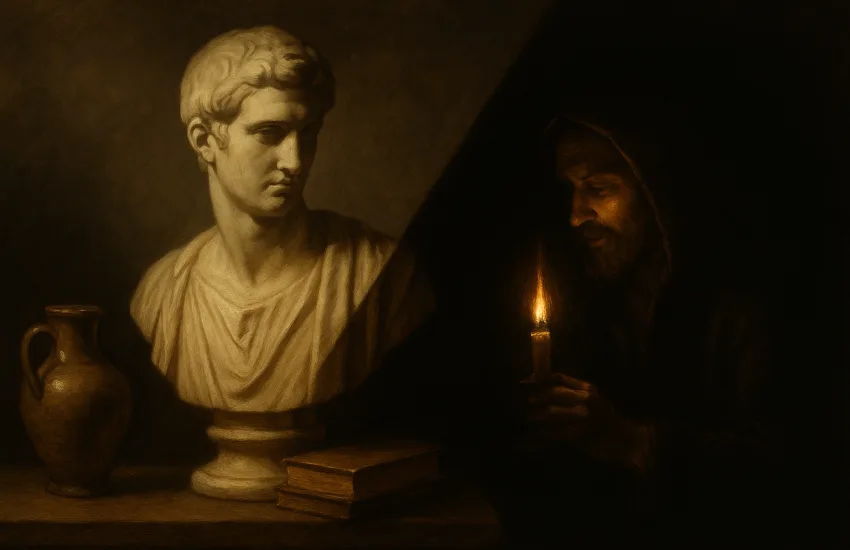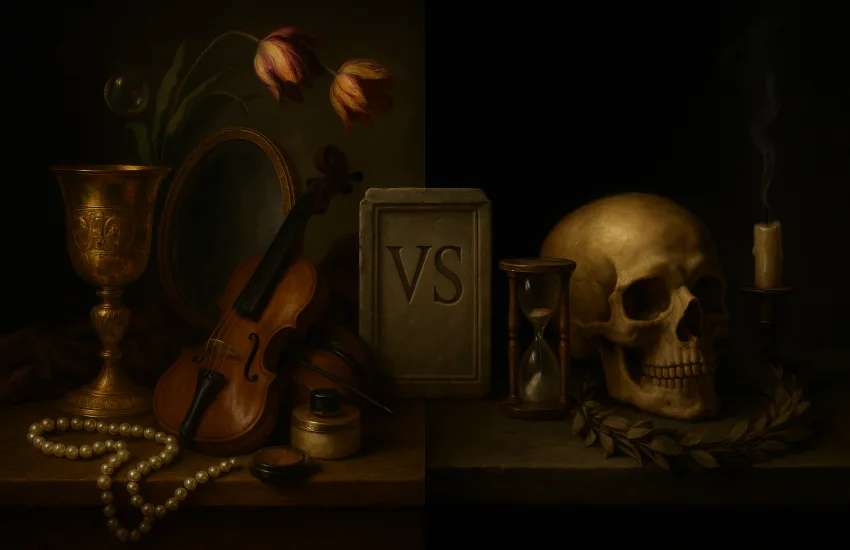A Sculptor Beyond the Age: Camille Claudel
Today I would like to talk to you about Camille Claudel, who is known as a sculptor beyond her time.
Camille’s father was a banker and her mother was the daughter of a wealthy Catholic family. His brother and future supporter, Paul Claudel, was a playwright, poet and diplomat. Born in France in 1864 and unknown in the golden age of her art, Camille became truly known in the 20th century. It was impossible to evaluate his works objectively in the male-dominated society he lived in, because at that time even women were forbidden to take classes in art academies. Women artists had to take classes in private workshops, as they were forbidden to take formal classes. This is how Camille met the famous sculptor Auguste Rodin (1883). Camille became a student of Rodin. Rodin was 43 and Camille just 19 when they met. With an imagination and talent that quickly stood out from Rodin’s other students, Camille became Rodin’s favorite student.

Rodin and Camille Claudel
Together they laid the foundation for many of Rodin’s works, and Claudel became indispensable to Rodin and his art. Even now, the works of Auguste Rodin are divided into ‘Before Camille & After Camille’. Challenging years began for Camille with the start of a romantic relationship between them. When he met Rodin and Camille, Rodin had a 20-year relationship and a son from that relationship. According to some sources, Rodin was married.
The relationship between them started to turn into a problem as the years passed. In the art community, the Camille breeze in Rodin’s works stood out. Some critics even took it a step further, pointing out that Rodin was “a little too much” inspired by Camille. Indeed, there were traces of Camille in Rodin’s most important works. He made Rodin’s famous “Gates of Hell” together with Rodin and Camille, but Camille’s name was never fully mentioned with this work. An unnamed rivalry began between Rodin and Camille. This secret rivalry turned into an ambition for Rodin, who was not mentioned well in relationship matters anyway.

Camille left home because her mother did not approve of this relationship. While trying to make his name known, he was overshadowed by Rodin and was going through a difficult process after losing his baby. Camille left Rodin many times, but they made up again. This process continued like this. Until 1889, when Camille left Rodin once and for all.

Camille struggled to survive as a solo artist after this breakup. He produced the best works of his artistic life after he broke up with Rodin, but his works apart from Rodin were rejected and condemned by the society. While the works of Auguste Rodin continue to be praised, his private life has never hindered his career. However, art circles turned their backs on Camille and did not accept her works that she made alone. His brother, who was his only supporter, was in China. Camille, who was isolated in every aspect of society, destroyed most of her works in one night.
After this incident, he was closed to a psychiatric hospital in 1913. According to some sources, Camille’s closure to the hospital was the decision taken by her mother and Rodin together. In this hospital, he only corresponded with his brother Paul. In his letters, he stated more than once that he thought Rodin was responsible for his confinement to a mental institution, as well as the pain of not being able to practice his art. During the years he was in the hospital, he was not given the opportunity to make a sculpture. It is said that in the letter her doctor wrote to her family, Camille emphasized the need to return home and sculpt, but her mother did not respond to this letter. Camille Claudel stayed in the hospital for 33 years and died there in 1943.

I think it must have been easy for everyone to see the reactions he gave after all the pain, loneliness and exploitation of his labor as ‘a woman’s hysteria, insanity’. Was it not crazy that Camille did not endure the oppression of women throughout her life and wanted to make her talent and name known, sculpturing as a ‘male profession’?
While talking about Camille’s life and works, I would not want to talk about Auguste Rodin, who is rumored to still portray some of his works as if he had done them, and who is certain to exploit his work. However, Camille Claudel is one of the most prominent examples in the art world of benefiting from women’s labor, ignoring their success, and gaining benefits by using social norms on women.
The movie “Camille Claudel”, which was released in 1988 and nominated for 2 Oscars, made it known outside the art circle.
Source:
Camille Claudel & Rodin: Fateful Encounter, Antoinette le Normand-Romain
Camille Claudel/Bir Kadın, Anne Delbee
Diğer yazılarımızı okumak için anasayfayı ziyaret etmeyi unutmayın.


